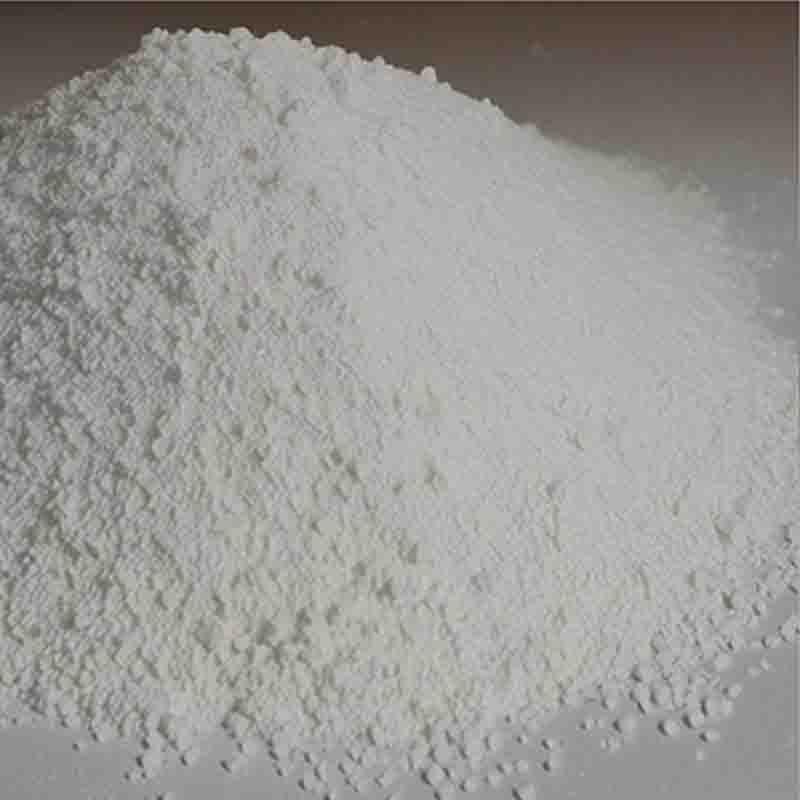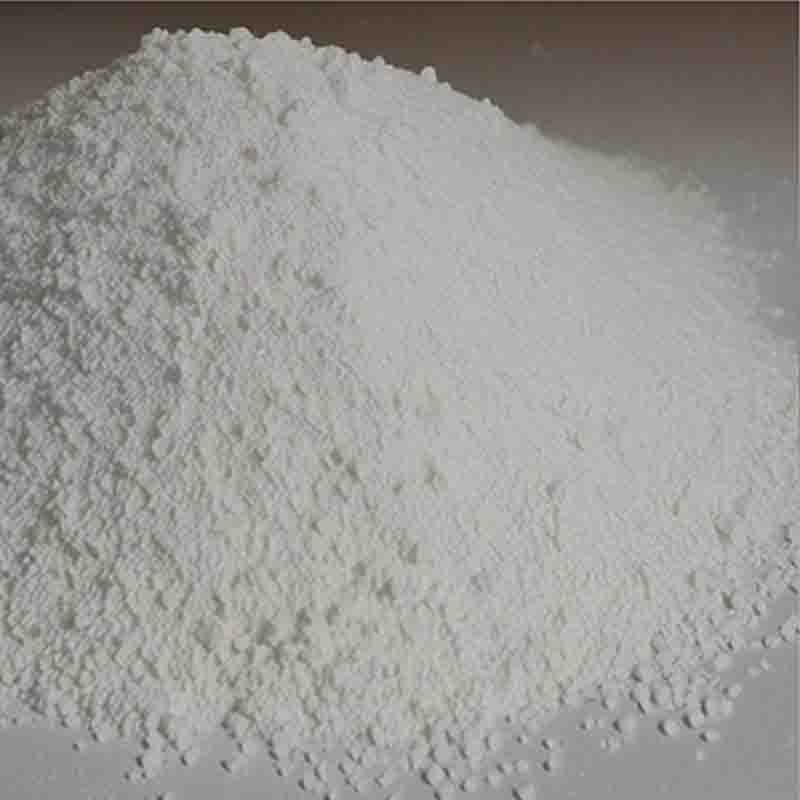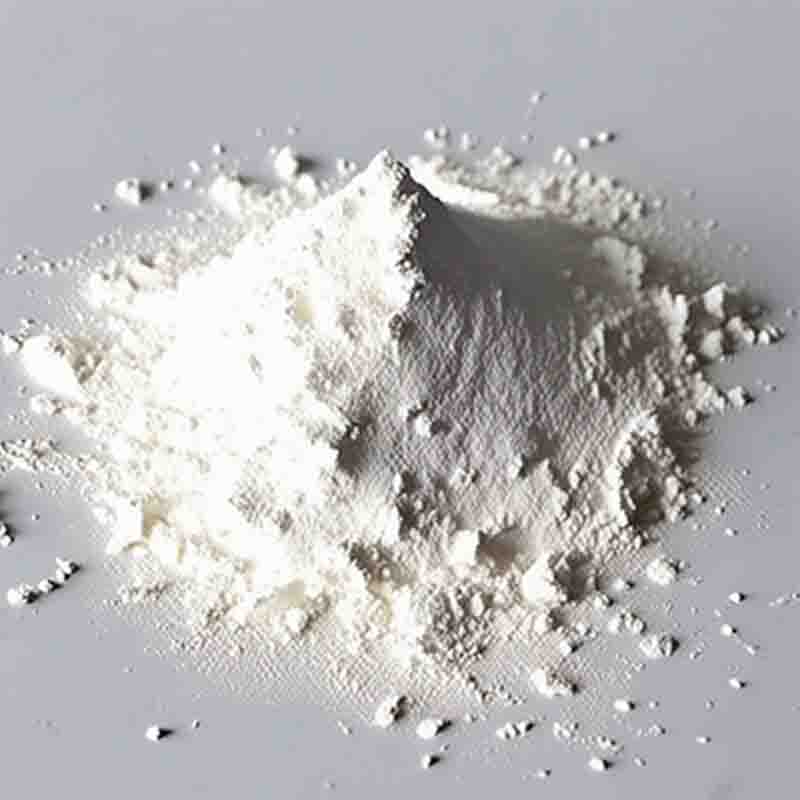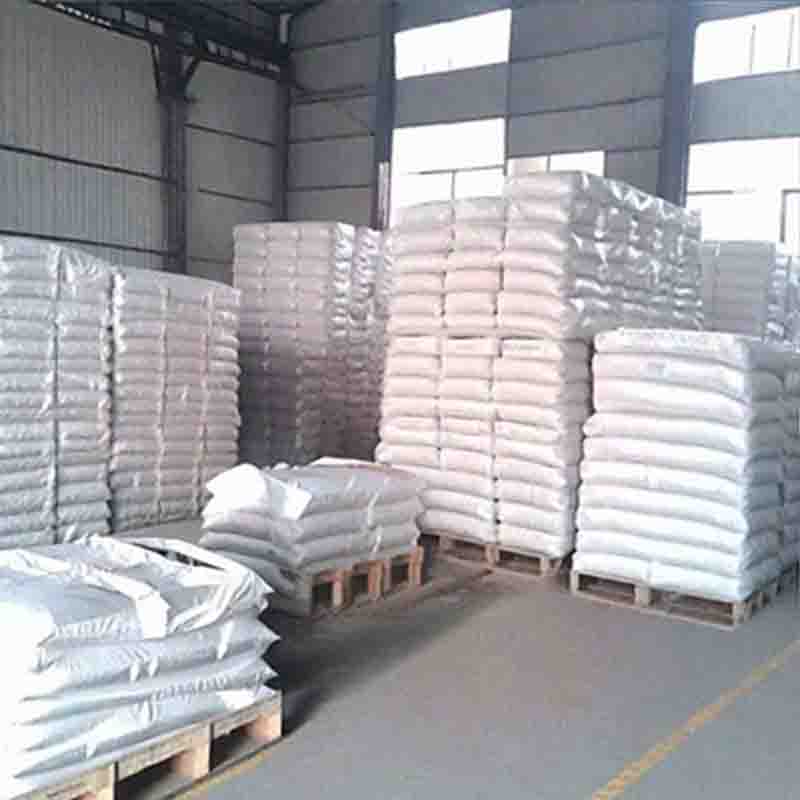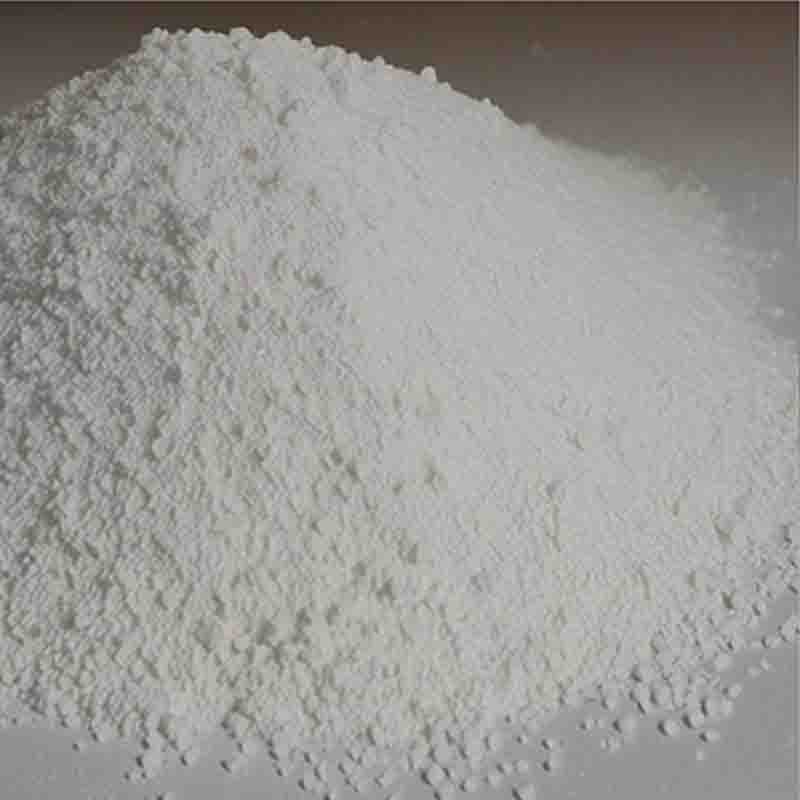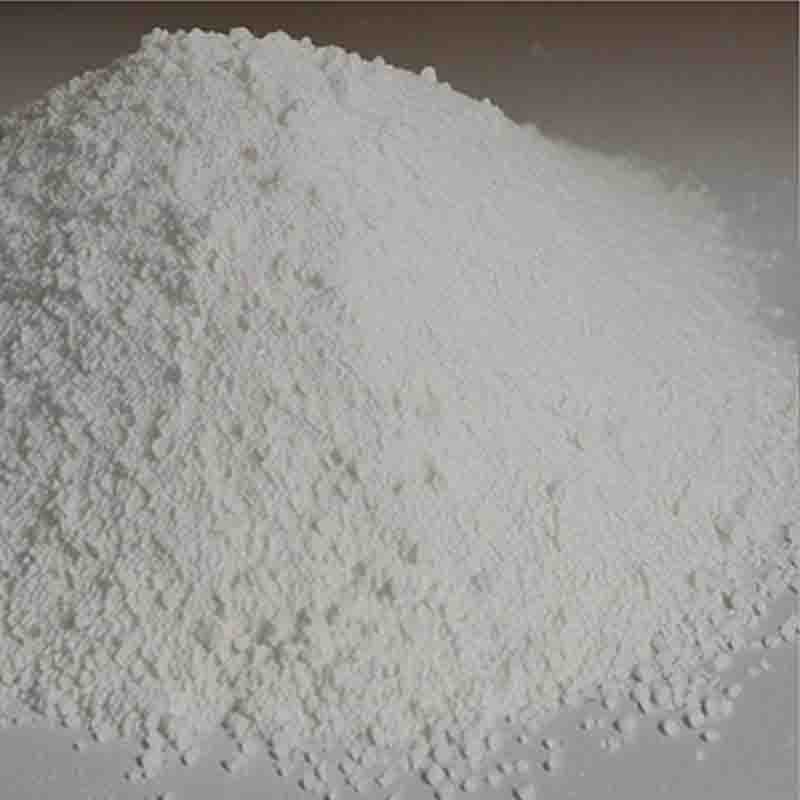Cesiumiodide CAS:7789-17-5
| Catalog Number | XD94813 |
| Product Name | Cesiumiodide |
| CAS | 7789-17-5 |
| Molecular Formula | CsI |
| Molecular Weight | 259.81 |
| Storage Details | Ambient |
Product Specification
| Appearance | White powder |
| Assay | 99% min |
Cesium iodide (CsI) is an inorganic compound that has various applications due to its unique properties. It is commonly used in the field of radiation detection and imaging, as well as in scintillation detectors and phosphors.One of the most important effects of cesium iodide is its scintillation properties. When exposed to radiation, CsI crystals emit visible light. This scintillation effect is utilized in the construction of scintillation detectors, which are commonly used in medical imaging devices such as gamma cameras and computed tomography (CT) scanners. CsI scintillators have high light output, good energy resolution, and fast decay times, making them suitable for detecting and measuring different types of radiation.CsI is also used as a phosphor, a material that emits light when excited by radiation or an electric field. In this application, CsI is commonly used in the screens of X-ray image intensifiers and X-ray imaging detectors. The high light output and sensitivity of CsI phosphors contribute to their ability to convert X-rays into visible light, which is then detected and used to create images.Another important effect of cesium iodide is its high refractive index. This property makes it useful in fiber optics applications. CsI can be used in the core of optical fibers to guide and transmit light signals, as its high refractive index enables efficient light confinement and propagation. The use of CsI in fiber optics technology allows for the transmission of data over long distances with minimal loss.Furthermore, cesium iodide has been investigated for its potential applications in the field of radiation therapy. It has been studied as a potential material for tumor imaging and dosimetry, as well as for enhancing the therapeutic effects of radiation by sensitizing cancer cells to radiation-induced cell death. These applications are still under research and development, but they demonstrate the potential of CsI in improving cancer treatment.In summary, cesium iodide exhibits various effects that make it valuable in the fields of radiation detection, imaging, and fiber optics. Its scintillation properties enable its use in scintillation detectors, while its phosphorescent behavior allows for the conversion of radiation into visible light for imaging purposes. Additionally, its high refractive index makes it suitable for light transmission in optical fibers. As research progresses, the potential of cesium iodide in radiation therapy applications may also be realized.


